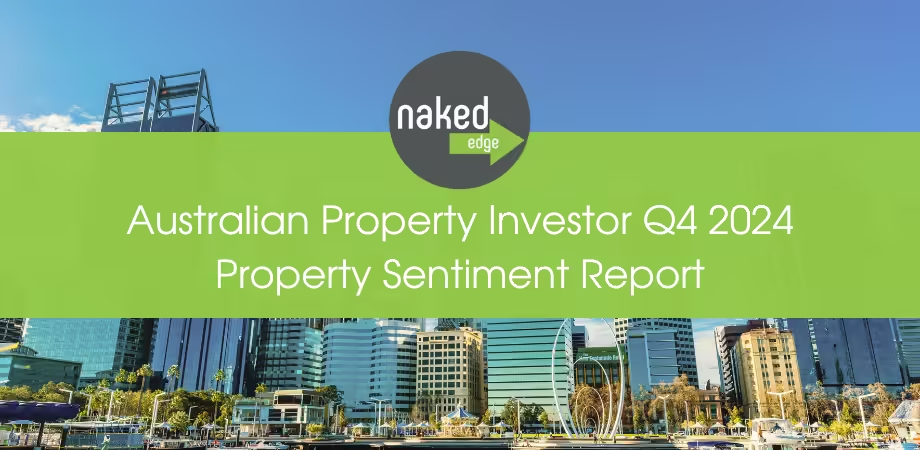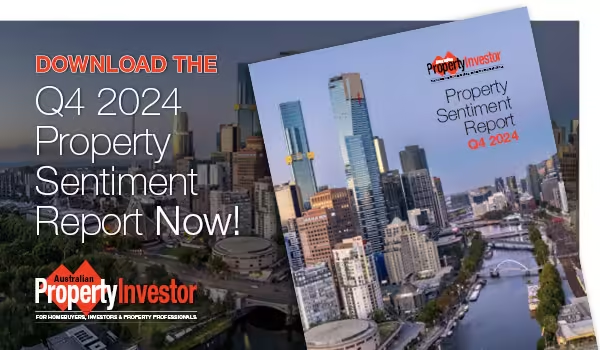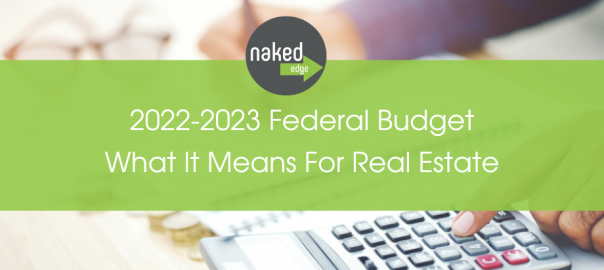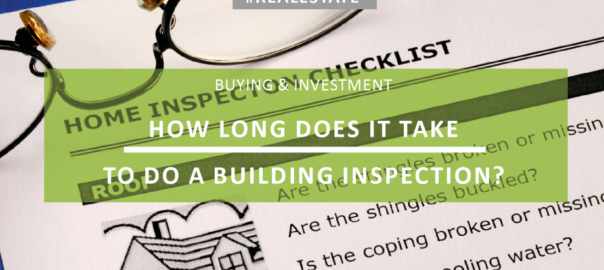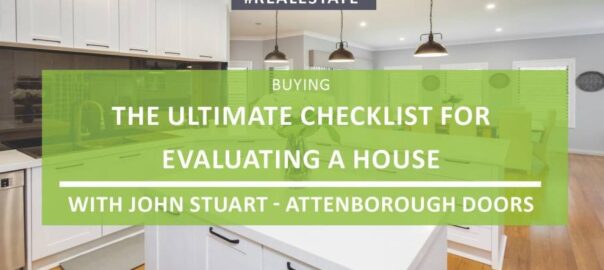The open for inspection can be a critical time for buyers, allowing you to chat to the real estate agent, turn on the taps to check for water pressure, open and close doors, and mentally move the furniture in to see if it fits.
It often helps if you approach a property inspection with a very clear set of questions in mind.
So what should you be on the lookout for?
1. Noise
There are a handful of obvious noise problems to consider such as if the home is on a main road or smack bang next to a railway station.
But some noises only become evident after you have moved in, by which stage it is too late.
Noisy neighbours, or a noisy party street, can dramatically impact on your home life.
You can listen for noise during the open for inspection, but this is really only a short period of time.
Take a drive past the property on a Friday or Saturday night for a true feel of the neighbourhood.
2. Location
Not only is it important to buy into a good location (ideally a quiet, tree-lined street within walking distance of public transport and shops) but you need to also buy the right house in the right street.
Homes in which the courtyard or back garden face north are prized because they receive sunlight all day long.
But don’t be fooled by those agents who advertise homes as “north-facing”.
This is not always a good thing, as it means the back garden faces south.
It’s also worth noting that homes situated in streets with similar style homes tend to do better.
If you can buy into a street renowned for its single-fronted Victorian cottages, then that home is likely to enjoy greater capital growth than those homes situated in streets with no clear architectural theme.
3. Structural problems
Water damage, pest infestations, electrical and plumbing problems and a poor roof are among the most common of structural housing flaws.
The last thing you want to do is to buy a home only to move in and discover it needs re-stumping or there is an active termite infestation.
There are some ways of assessing whether the home is afflicted with any of these issues.
Doors and windows that do not open and close properly are often signs of a home that has structural problems, and it isn’t difficult to see the signs of rising damp on the exterior of the house.
But the naked eye will only get you so far and I cannot recommend enough hiring a reputable pest and building inspector to write up a report on the condition of the home.
Don’t be surprised if it has some flaws.
At least you will know what you are dealing with and you can factor those costs into your sale offer.
4. Points of difference
Try to track down a home that offers something a bit different.
Perhaps it is a view that cannot be built out or an architectural flourish that enhances the attractiveness of the home.
Space is a premium in the inner city so if the property you are interested in has a two-car garage then that is a bonus.
Don’t underestimate the selling power of solar panels either.
If you buy a home where solar has been installed then you get to reap the benefits of much lower energy bills without the installation costs.
While a fireplace is a warm and welcoming feature in many period homes, you should also look for other methods of heating and cooling.
5. Privacy
When you are inspecting a property, it is often difficult to tell exactly what it will be like to live in it, day to day.
And if there is one thing we all value deeply in our homes, it’s a bit of privacy.
When inspecting a potential buy, it is important to ask yourself how private the space is.
Are you overlooked by a giant block of apartments?
You may tell yourself this does not matter but that may change once you move in and want to spend hours relaxing in your backyard.
Has the zoning in the area changed recently to allow for higher-density apartments?
If so, there is a chance the house next door to you could be turned into an apartment block that not only casts a shadow but also takes away your sense of privacy.
It won’t do much for the value of the house either!
If it is an apartment you are buying make sure there is at least some kind of private (not communal) outdoor space, even if it’s a small courtyard in need of some decent gardening.
If you are buying a townhouse of terrace with shared walls it is worth assessing if you are likely to hear your neighbours excessively.
These considerations are by no means comprehensive, but are a good way of framing your thinking when you are walking through your next potential purchase.
If you are looking for a property to buy, check out what we have For Sale
